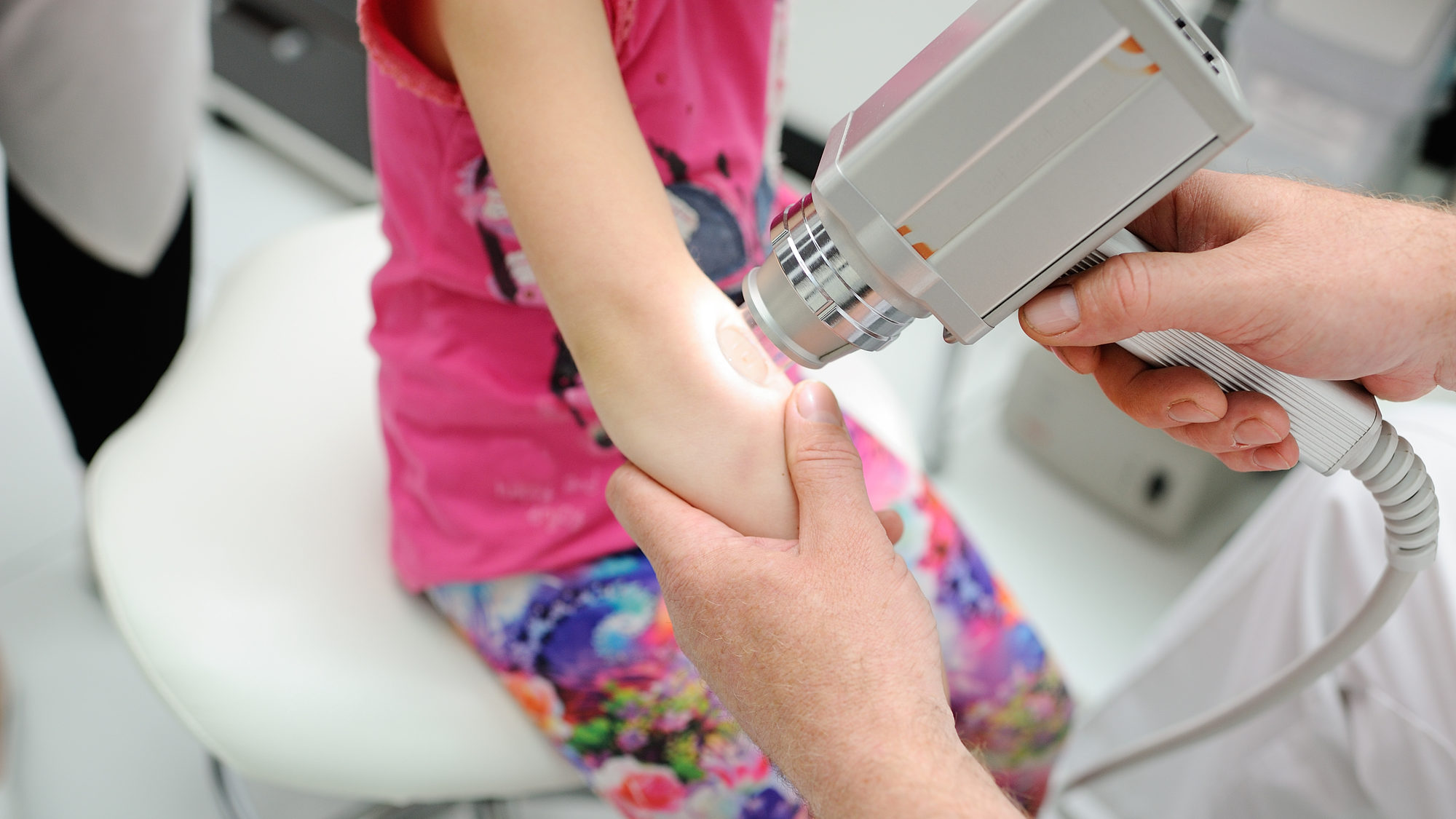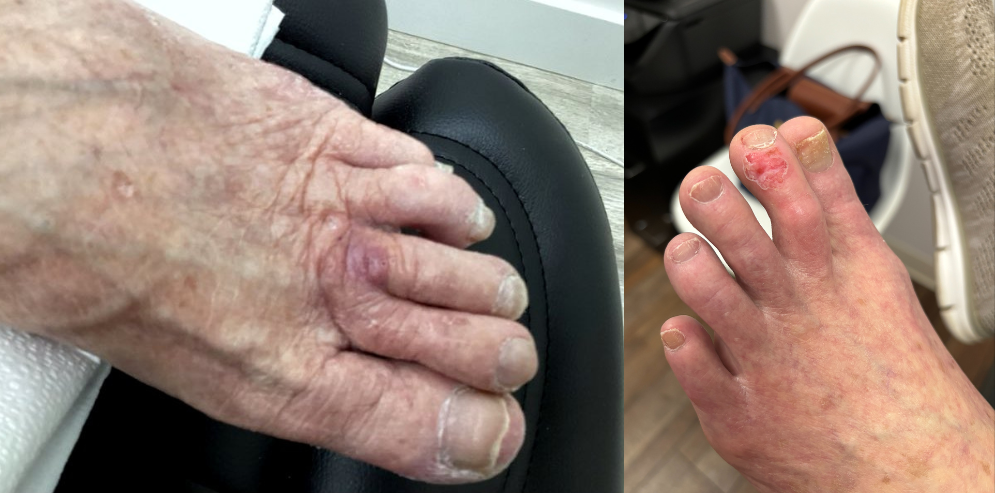
Yes, kids can get skin cancer. However, melanoma—the most dangerous type of skin cancer— accounts for just three percent of pediatric cancer cases. However, melanoma in children is becoming more common, by a rate of roughly two percent each year. This means that it’s more important than ever to be aware of the signs of skin cancer in kids, and to visit a doctor whenever you feel in need of guidance.
Can Kids Get Skin Cancer from Sunburn?
Kids can get skin cancer, but can kids get skin cancer from sunburn? Although preventing burns and limiting excessive sun exposure from an early age can help to prevent the occurrence of skin cancer later in life, sunburn is usually not the cause of skin cancer in kids. In cases where a child is diagnosed with melanoma, it is more likely that the child was born with one of several specific kinds of moles or melanocytic nevi, which look like large and raised black spots.
There are several kinds of skin cancer, and they occur for different reasons. In children, the most common types of skin cancer are unlikely to occur:
- Basal cell skin cancer is uncommon in children, except where the preexisting genetic conditions are present. A condition called xeroderma pigmentosum—which causes extreme sensitivity to UV rays—may also be a cause.
- Squamous cell skin cancer is more or less equally rare in children. Be on the lookout for red, scaly patches of skin on the face, lips, ears, and mouth.
Identifying Skin Cancer in Kids: When to Visit a Doctor
It’s important to monitor your child’s skin for changes in condition, and performing regular inspections will help you to identify any significant changes in short order. Any new red or pink bumps should be investigated by a doctor, especially if they are itchy or tend to bleed. Additionally, any moles with irregular borders, strange color patterns, or sudden growth should be evaluated as soon as possible. In general, the early signs of skin cancer are equally applicable in children and adults. Use the ABCDE method to check for asymmetry, border changes, color changes, diameter, and elevation.
However, since moles may grow naturally as the child’s body grows, and may undergo natural changes in color as well, you may wish to exercise additional caution or schedule screenings on a regular basis from a young age.
Ask Your Doctor About Image-Guided SRT
As with all skin cancers, skin cancer in kids should be treated with the best methods available. In some cases, it is possible to treat common skin cancers without the risk of surgical scarring that goes along with Mohs surgery. Ask your doctor about Image-Guided Superficial Radiotherapy (Image-Guided SRT) and find out how it works today.








